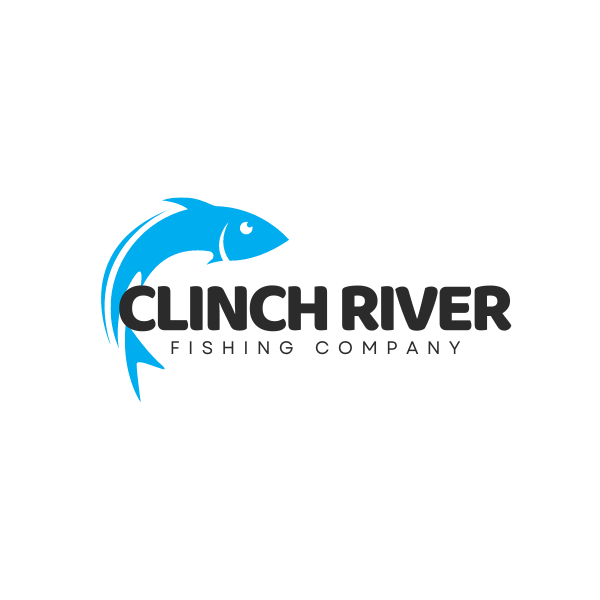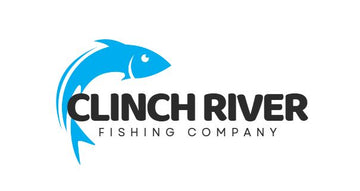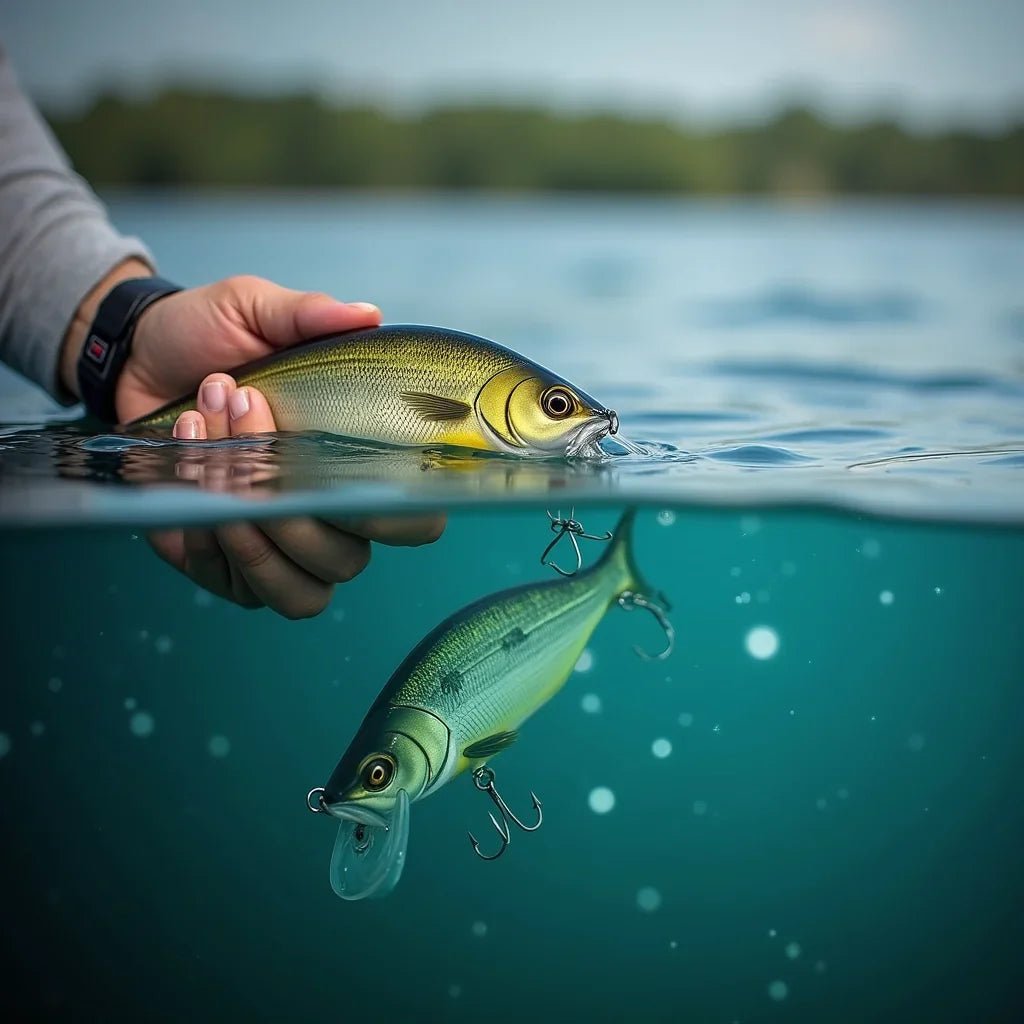Updated on: 2025-10-14
Fishing Guide: Table of Contents
- Fishing Essentials: Tips for Angling and Sport Fishing Success
-
Fishing Step-by-Step: A Simple, Gentle Process
- Step 1: Define your fishing goals and species
- Step 2: Check conditions and plan timing
- Step 3: Rig your setup and test knots
- Step 4: Approach the water quietly and read structure
- Step 5: Present the lure or bait with patience
- Step 6: Set the hook, play the fish, and land gently
- Step 7: Log your session and refine your approach
- Fishing Q&A: Common Questions Answered
- Fishing Summary & Takeaway
Fishing offers a calm, rewarding way to spend time outdoors. Whether you are exploring angling for the first time or returning to sport fishing after a break, a clear plan can make every outing smoother. In the first few minutes of reading, you will see how to choose fishing gear and fishing tackle, how to notice water clues, and how to approach new water with care. If you have searched for the best fishing spots near me, or wondered how to catch bass from shore, this guide may give you a gentle, practical path forward.
Fishing Essentials: Tips for Angling and Sport Fishing Success
- Pick a rod, reel, and line that match your target fish and local water.
- Carry a small, focused box of fishing tackle instead of a heavy bag.
- Use natural colors in clear water and brighter or louder options in stained water.
- Start with simple presentations: steady retrieves, gentle pauses, and clean hooksets.
- Move slowly, stay quiet, and observe fish behavior before casting.
- Log each trip: location, conditions, lure, depth, and any strikes.
- Respect angling etiquette: give space, pack out trash, and handle fish gently.
Choose fishing gear and tackle that match your target species
A light spinning setup suits panfish and small trout, while a medium power rod is a friendly all-round choice for bass and similar species. If you plan sport fishing for larger fish, a medium-heavy rod offers more control. Pair your rod with a smooth reel and a balanced line. For freshwater, many anglers prefer monofilament or braided main line with a fluorocarbon leader for stealth. In saltwater, abrasion resistance matters, so a tougher braid with a sturdy leader may feel reassuring. A small, organized tray of hooks, weights, pliers, and a few proven lures keeps your fishing efficient and calm.
Match lures and bait to water clarity and fish behavior
Water clarity guides color and profile choices. In clear water, subtle, natural colors often look most convincing, while stained water may call for brighter colors, larger profiles, or lures with sound. If fish seem sluggish, consider slower presentations or natural baits. When they are active, a steady retrieve or a quick pop-and-pause can invite reaction strikes. The goal is to keep things simple and adjust one variable at a time.
Scout the best fishing spots near me with local clues
Local knowledge often points to consistent success. Public access maps, area reports, and conversations at a nearby tackle shop can help you identify safe, productive water. Features like points, ledges, weedlines, current seams, and shade lines tend to hold fish. If you would like more regional context and tips, you might find the updates on the Blog helpful, and you can learn more about the team and their local focus on the About page.
How to catch bass from shore with simple patterns
Shore fishing can be both accessible and effective. Look for edges: overhanging trees, docks, riprap, or weed lines that create shade and ambush zones. A soft plastic worm, a small swimbait, or a compact spinnerbait are gentle, reliable choices. Cast to structure, let the lure settle, and begin a slow, steady retrieve. If you feel taps, pause briefly, then continue. A small change in speed or angle can make a big difference.
Pack light, stay safe, and respect the water
Carrying a neat, lightweight kit frees your hands and helps you move with care. Pliers, a line cutter, a small first-aid kit, and a compact headlamp cover many needs. When wading, move slowly and test footing. On any outing, kindness toward other anglers, landowners, and wildlife builds a positive space for everyone.
Fishing Step-by-Step: A Simple, Gentle Process
Step 1: Define your fishing goals and species
Before you go, decide what you hope to catch and where you plan to fish. This step guides every other choice, from rod power to lure size. If you want trout in moving water, light line and small lures may serve you well. If you want bass in a calm pond, a medium setup and a few versatile lures may feel easier. If you prefer a guided experience or regional insights, you may appreciate reaching out through the Contact page.
Step 2: Check conditions and plan timing
Conditions shape fish mood and location. Light, wind, clouds, and water clarity affect how fish feed. A gentle approach is to plan a window with mild wind and comfortable light. Many anglers enjoy early or late parts of the day because glare is lower and fish may roam. That said, steady conditions often matter more than the clock. Keep a calm, flexible plan so you can adapt when you arrive.
Step 3: Rig your setup and test knots
Tie a reliable main-to-leader knot and a clean lure or hook knot. Simple, strong knots build confidence. Test each knot with a steady pull before fishing. If you are switching from freshwater to saltwater, consider a tougher line and leader. This reduces wear from sand, shell, or structure and may help you focus on your presentation.
Step 4: Approach the water quietly and read structure
Pause for a minute before the first cast. Look for bait activity, surface dimples, bird behavior, or current seams. Notice shade, depth changes, and cover. A few quiet observations can save many unproductive casts. If you see fish, cast beyond them and retrieve into the zone, not right on top of them, to avoid spooking.
Step 5: Present the lure or bait with patience
Start with a steady retrieve or a gentle lift-drop. Count down your lure to understand depth, then vary speed slightly. If you get a bump, pause for a breath, then continue. For bait, keep it natural: use just enough weight to hold your spot without dragging. Small, mindful adjustments often make the difference.
Step 6: Set the hook, play the fish, and land gently
When you feel solid weight, lift the rod smoothly to set the hook. Keep steady pressure and let the rod’s bend do the work. Avoid forcing the fish; guide it calmly. Use a soft-mesh net if available. If you plan to release the fish, keep it wet, handle it carefully, and return it to the water promptly.
Step 7: Log your session and refine your approach
After each outing, jot down what worked and what did not: location, depth, lure color, retrieve speed, and any strikes. Over time, patterns become clear and your fishing becomes simpler and more enjoyable. If you enjoy local trip notes and technique breakdowns, the updates at Clinch River Fishing USA may offer ideas to try next time out.
Fishing Q&A: Common Questions Answered
What is the best time of day to go fishing?
Many anglers prefer early or late day because light is softer and temperatures can be comfortable. Fish often feed more actively when glare is low, and you might notice more surface activity. Still, stable weather and consistent conditions can be just as important. If you have limited time, choose a window you can enjoy and focus on quiet presentation and accurate casts.
What fishing line should I use for saltwater?
A braided main line with a tough fluorocarbon or monofilament leader is a common, practical choice for saltwater. Braid offers sensitivity and casting distance, while the leader adds abrasion resistance around rocks, shells, or structure. Match line strength to your species and the cover you expect. If you are unsure, starting with a moderate strength braid and a slightly heavier leader often feels reassuring.
Is shore fishing as effective as fishing from a boat?
Shore fishing can be very effective, especially if you focus on edges, shade, and structure. Fish use the shoreline as a feeding route, and many spots are within an easy cast. A boat offers mobility, but a careful walker with a quiet approach can do very well from shore. When in doubt, start simple with accessible water, then expand your range as you learn each spot.
Fishing Summary & Takeaway
Fishing rewards patience and simple, steady habits. A balanced setup, a compact box of fishing tackle, and mindful observation of water and weather often lead to consistent results. If you are exploring the best fishing spots near me, look for a few repeatable features like points, shade lines, or current seams. Keep notes, adjust one variable at a time, and be gentle with yourself and the fish. If you would like more local insights or to plan a friendly outing, the About and Contact pages offer helpful next steps.

Owner and CEO of Clinch River FIshing USA. A marine electroncs, fishing and outdoor store.

